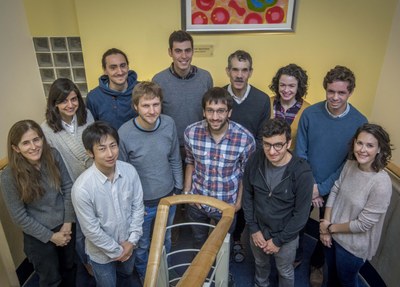Protein folding homeostasis in the endoplasmic reticulum
General audience summary:
Proteins must fold into their correct three-dimensional structure to function properly and cells are adept at detecting and responding to incorrect protein folding. Secreted proteins and membrane proteins — which are often of medical importance — fold in a particular compartment, the endoplasmic reticulum, where misfolded proteins trigger an 'unfolded protein response' that contributes to their extraction and destruction. Our research focuses on the control of this process and the implications of this for protein folding diseases and ageing. We are also investigating emerging connections between the regulation of protein folding and metabolism in the pancreas, liver and fat. Our hope is that better understanding of protein folding and surveillance might provide opportunities for new therapies.
Strategic CIMR themes: Protein Folding and Quality Control, Organelle Biology
Funding: Wellcome Trust
Research Group members:
Ranya Behbehani, Ginto George, Heather Harding, Charlotte Laurent, Lisa Neidhardt,, Adriana Ordonez, Joanne Tung, Yahui Yan



